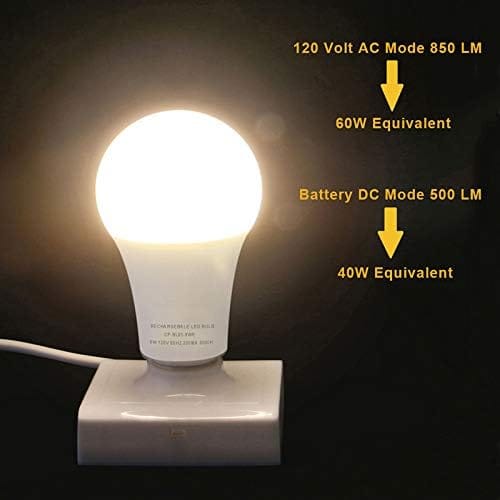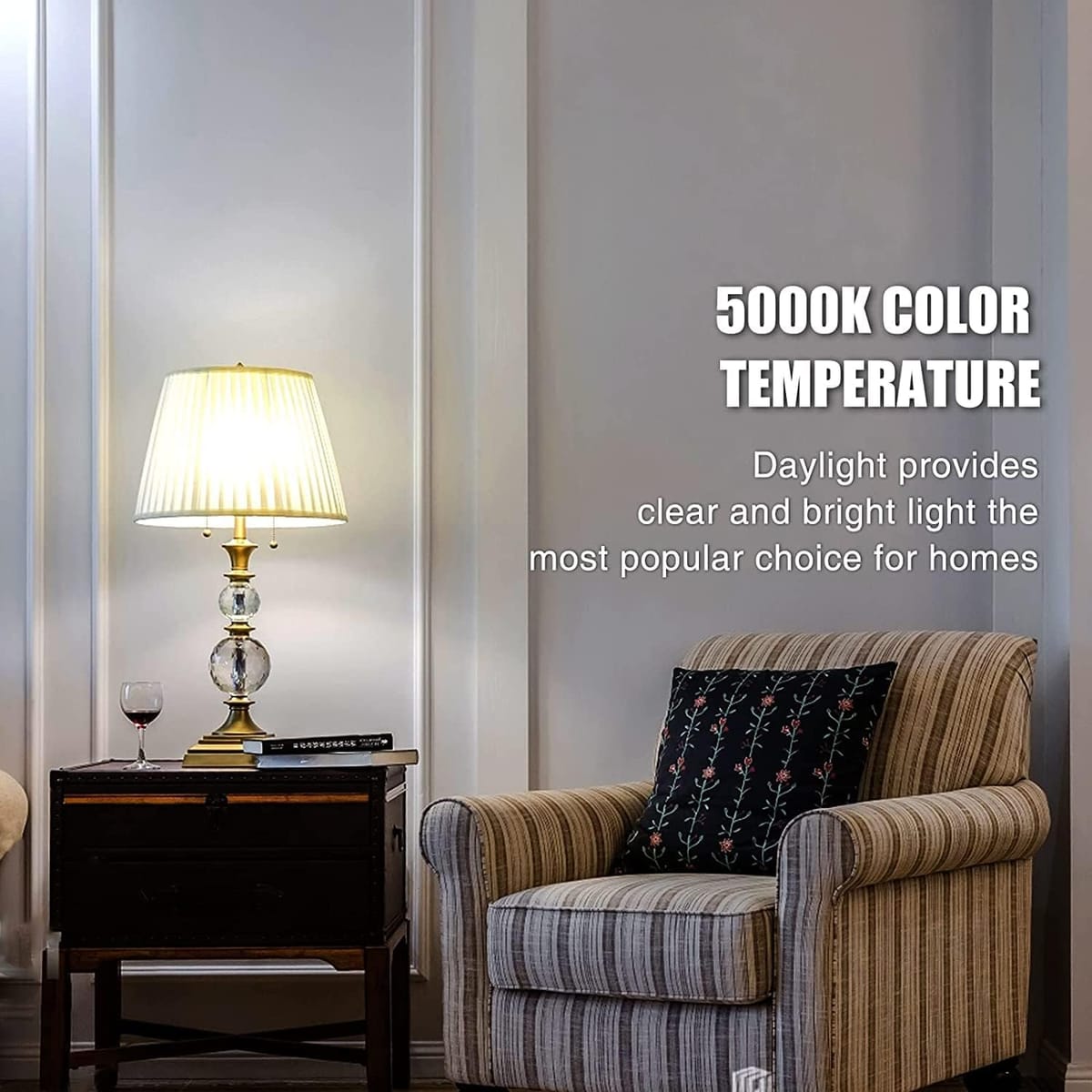Key Takeaways:
- Rechargeable bulbs are highly energy-efficient and consume significantly less power compared to traditional incandescent bulbs.
- The initial cost of rechargeable bulbs may be higher, but they offer long-term cost savings and environmental benefits.
- Rechargeable bulbs are a convenient and reliable lighting solution, especially during power outages.
Understanding Rechargeable Bulbs
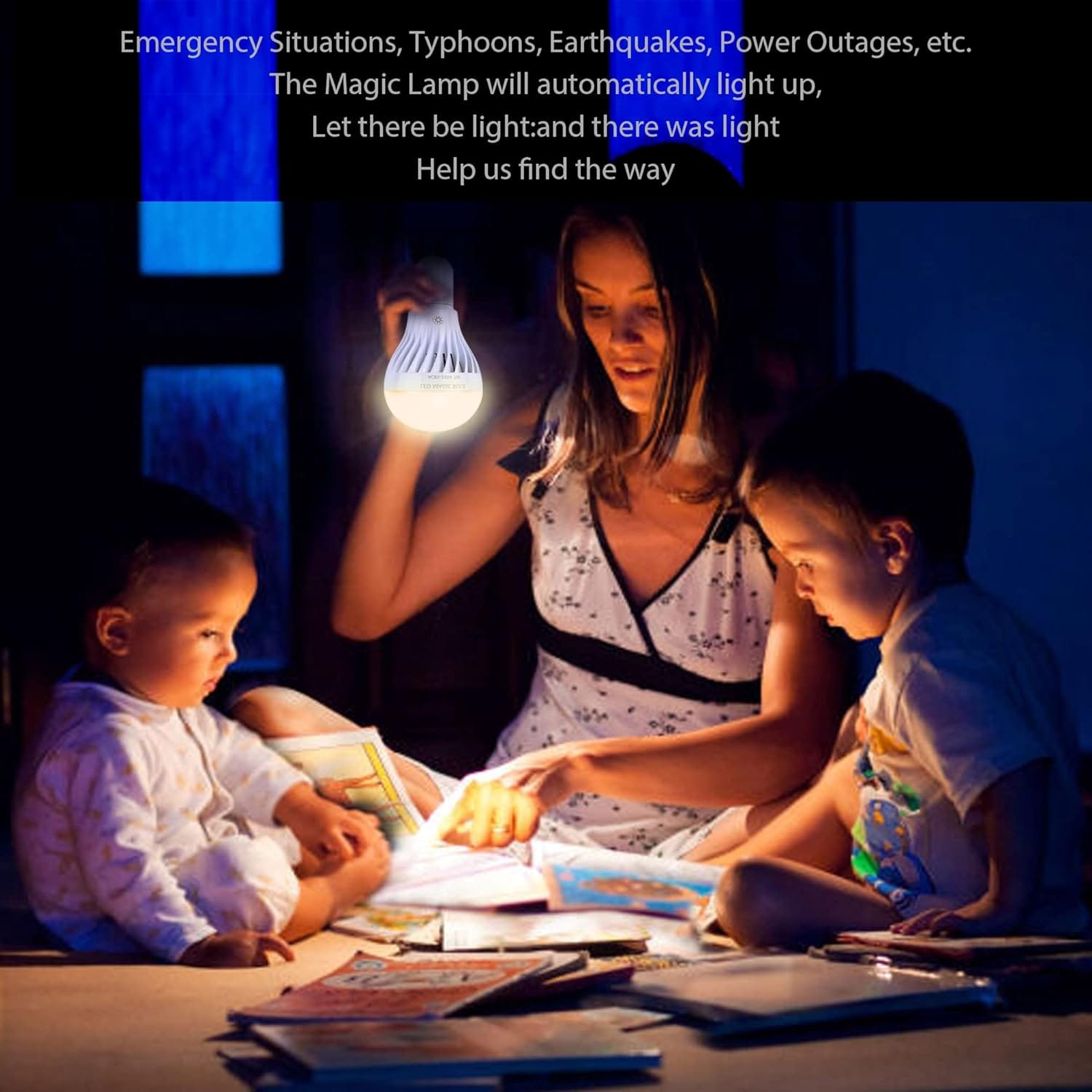
Rechargeable bulbs have become a popular alternative to traditional lighting solutions due to their energy efficiency and convenience. These bulbs are equipped with an internal battery that stores energy, allowing them to provide light even during power outages. But do rechargeable bulbs use a lot of electricity? The short answer is no. Rechargeable bulbs are designed to be energy-efficient, consuming significantly less power than regular bulbs.
The key to their efficiency lies in the use of LED technology. Light Emitting Diodes (LEDs) are known for their low energy consumption and long lifespan. Unlike incandescent bulbs, which emit light by heating a filament, LEDs produce light through an electrical current passing through a semiconductor. This process requires less energy and generates less heat, making LED bulbs a more energy-efficient option.
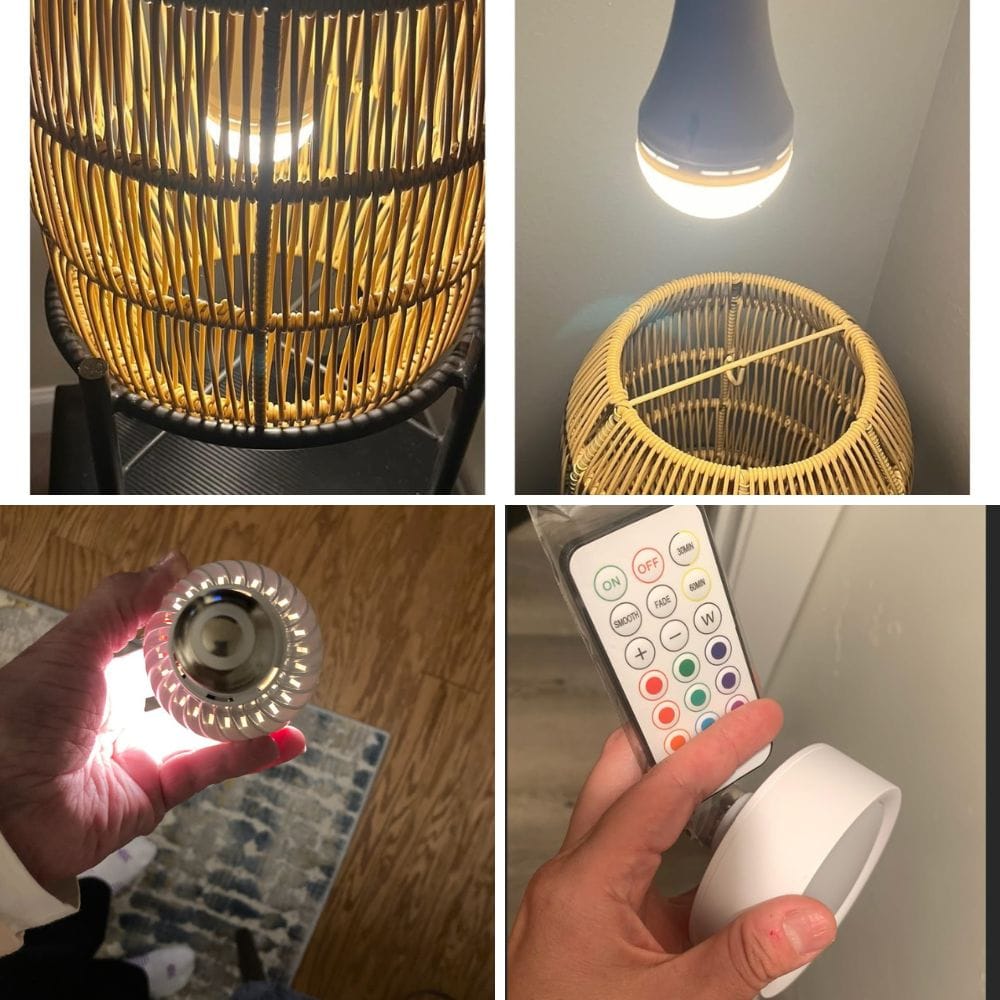
Energy Efficiency of Rechargeable Bulbs
One of the main advantages of rechargeable bulbs is their energy efficiency. LED bulbs, which are commonly used in rechargeable lighting, consume significantly less power than traditional incandescent bulbs. For example, a typical LED bulb uses about 80% less energy than an incandescent bulb to produce the same amount of light. This means that rechargeable bulbs can help reduce your electricity bill and lower your overall energy consumption.
In addition to their low energy consumption, rechargeable bulbs also have a longer lifespan. While incandescent bulbs typically last for about 1,000 hours, LED bulbs can last for tens of thousands of hours. This extended lifespan means that rechargeable bulbs need to be replaced less frequently, resulting in less waste and more cost savings over time.
Cost Savings with Rechargeable Bulbs
While the initial cost of rechargeable bulbs may be higher than that of traditional bulbs, the long-term cost savings can be substantial. The energy efficiency of LED technology means that rechargeable bulbs consume less power, leading to lower electricity bills. Additionally, the longer lifespan of LED bulbs means that you won't need to replace them as often, further reducing your overall costs.
Another factor to consider is the convenience of rechargeable bulbs. During power outages, rechargeable bulbs can continue to provide light thanks to their built-in battery. This can be especially useful in areas prone to frequent power outages or for emergency lighting. The ability to store energy and provide light during power outages adds to the overall value and cost savings of rechargeable bulbs.
Environmental Impact of Rechargeable Bulbs
Rechargeable bulbs are not only cost-effective but also environmentally friendly. The energy efficiency of LED technology means that these bulbs consume less power, reducing the demand for electricity and lowering greenhouse gas emissions. Additionally, the longer lifespan of LED bulbs means less waste, as they don't need to be replaced as frequently as incandescent bulbs.
Furthermore, rechargeable bulbs often use lithium-ion batteries, which are known for their high energy density and long cycle life. These batteries can be recharged hundreds of times, reducing the need for disposable batteries and further minimizing environmental impact. By choosing rechargeable bulbs, you can contribute to a more sustainable and eco-friendly future.
Comparing Rechargeable Bulbs to Other Lighting Options
When comparing rechargeable bulbs to other lighting options, it's important to consider both energy efficiency and overall cost. Incandescent bulbs, for example, are known for their high energy consumption and short lifespan. Compact Fluorescent Lamps (CFLs) are more energy-efficient than incandescent bulbs but still consume more power than LED bulbs.
Rechargeable bulbs, on the other hand, offer the best of both worlds. They are highly energy-efficient, thanks to LED technology, and have a long lifespan. Additionally, the built-in battery allows them to provide light during power outages, adding to their overall convenience and value. When considering the initial investment and long-term cost savings, rechargeable bulbs are a smart choice for both residential and commercial lighting needs.
Practical Examples of Rechargeable Bulbs in Use
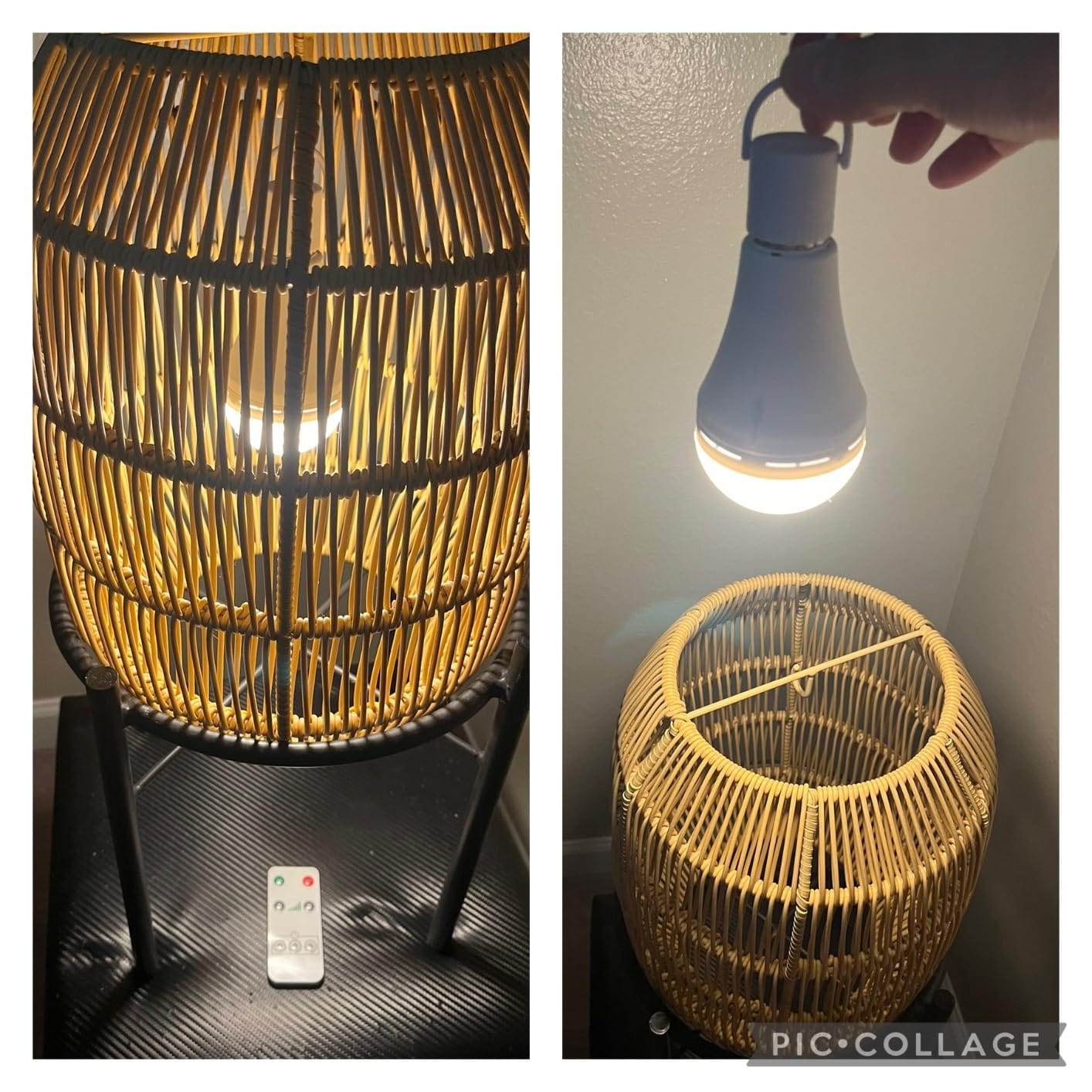
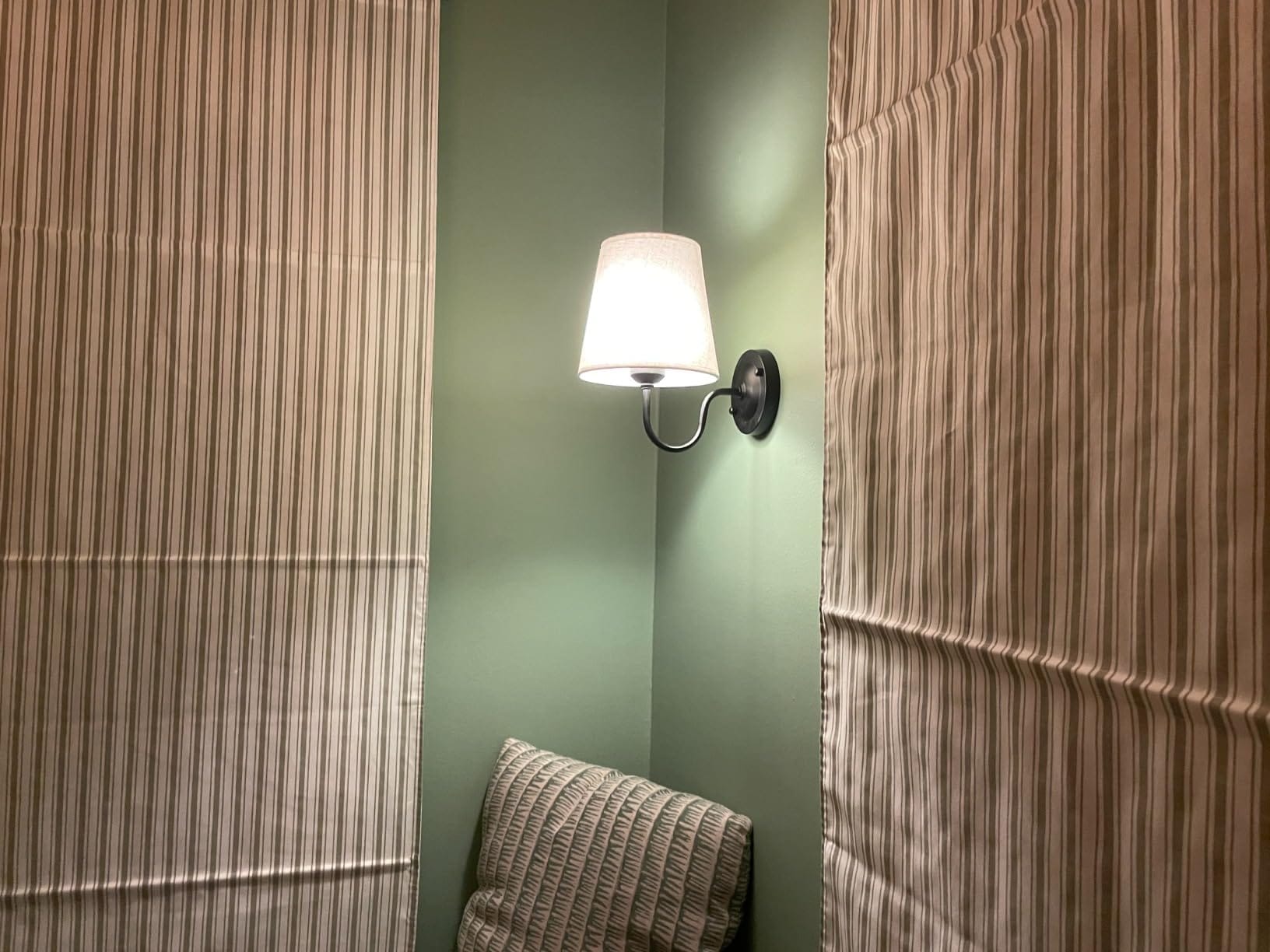

To better understand the benefits of rechargeable bulbs, let's look at some practical examples. In a residential setting, rechargeable bulbs can be used in various rooms throughout the house. For instance, placing rechargeable bulbs in the living room, kitchen, and bedrooms can help reduce energy consumption and lower electricity bills. Additionally, having rechargeable bulbs in key areas can provide reliable lighting during power outages.
In a commercial setting, rechargeable bulbs can be used in offices, retail stores, and other business environments. The energy efficiency of LED technology can help businesses save on energy costs, while the long lifespan of the bulbs reduces maintenance and replacement expenses. Furthermore, the ability to provide light during power outages ensures that businesses can continue to operate smoothly even in the event of an electrical disruption.

The Science Behind Rechargeable Batteries in Light Bulbs
Rechargeable batteries are the heart of rechargeable light bulbs, providing the stored energy needed to power the lights. These batteries, often lithium-ion, are known for their efficiency and longevity. Unlike traditional batteries, lithium-ion batteries can be recharged hundreds of times, making them a sustainable choice. The built-in battery in these bulbs ensures that they can be used repeatedly without the need for frequent replacements, which is a significant advancement in lighting technology.
The rechargeable battery in these bulbs works by converting electrical energy into chemical energy during charging. When the bulb is in use, this chemical energy is converted back into electrical energy to power the light. This process is highly energy efficient, allowing users to save money on electricity bills in the long run. Additionally, the ability to recharge these batteries means that they are less likely to end up in landfills, contributing to environmental sustainability.
The Versatility of Rechargeable Light Bulbs
Rechargeable light bulbs are incredibly versatile, making them suitable for various applications. During a power outage, these bulbs can switch to battery mode, providing uninterrupted light. This feature is particularly useful in areas prone to frequent power outages, ensuring that homes and businesses remain illuminated. The stored energy in the built-in battery can last for several hours, depending on the bulb's capacity and usage.
Moreover, rechargeable light bulbs can be used in conjunction with solar power systems. By harnessing solar energy during the day, these bulbs can be charged and then used at night, further reducing reliance on traditional power sources. This not only helps save money on electricity bills but also promotes the use of renewable energy. The integration of rechargeable batteries with solar power is a testament to the significant advancements in lighting technology, offering a sustainable and energy-efficient solution for modern lighting needs.
The Role of LED Technology in Rechargeable Bulbs
LED technology plays a crucial role in the energy efficiency and performance of rechargeable bulbs. LEDs are known for their low energy consumption, long lifespan, and ability to produce bright, high-quality light. These characteristics make LEDs an ideal choice for rechargeable lighting solutions.
One of the key advantages of LEDs is their ability to emit light without generating excessive heat. Traditional incandescent bulbs produce light by heating a filament which results in a significant amount of wasted energy in the form of heat. LEDs, on the other hand, produce light through an electrical current passing through a semiconductor, which is a much more efficient process. This means that LED bulbs consume less power and generate less heat, making them a more energy-efficient option.

Battery Life and Performance of Rechargeable Bulbs
The performance of rechargeable bulbs is also influenced by the quality and capacity of their internal batteries. Most rechargeable bulbs use lithium-ion batteries, which are known for their high energy density and long cycle life. These batteries can be recharged hundreds of times, providing reliable and consistent performance over an extended period.
The battery life of rechargeable bulbs can vary depending on the specific model and usage patterns. On average, a fully charged rechargeable bulb can provide light for several hours, making it a practical and convenient lighting solution for both everyday use and emergencies. Additionally, the ability to recharge the batteries means that you can continue to use the bulbs for years without the need for frequent replacements.
Initial Investment and Long-Term Benefits
While the upfront cost of rechargeable bulbs may be higher than that of traditional bulbs, the long-term benefits far outweigh the initial investment. The energy efficiency of LED technology means that rechargeable bulbs consume less power, leading to lower electricity bills. Additionally, the longer lifespan of LED bulbs means that you won't need to replace them as often, resulting in less waste and more cost savings over time.
Furthermore, the convenience of rechargeable bulbs during power outages adds to their overall value. The built-in battery allows these bulbs to provide light even when the power is out, ensuring that you have reliable lighting in emergencies. This added convenience, combined with energy savings and environmental benefits, makes rechargeable bulbs a smart and cost-effective choice for both residential and commercial lighting needs.

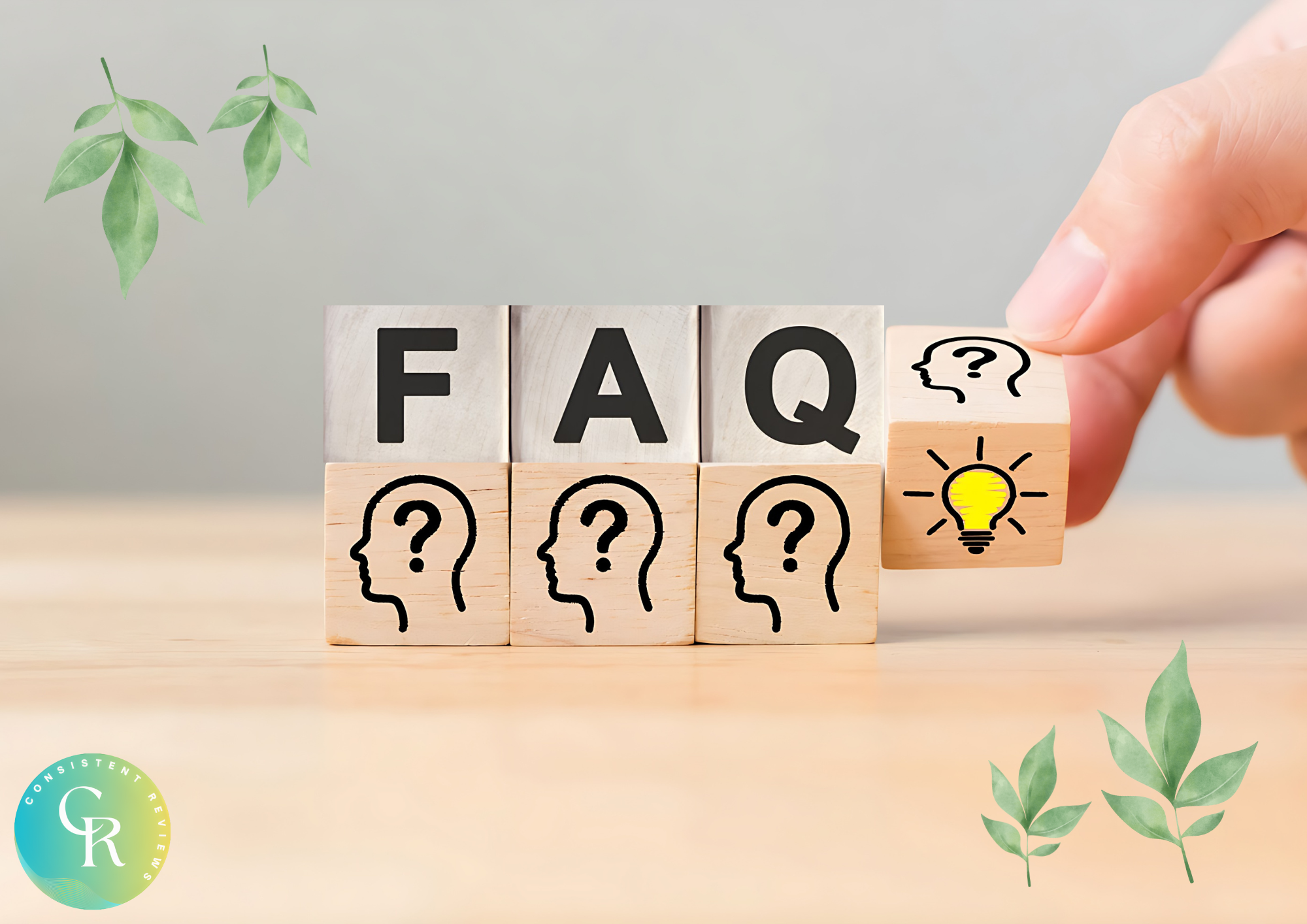
Do rechargeable bulbs use a lot of electricity?
No, rechargeable bulbs are designed to be energy-efficient and consume significantly less power than traditional incandescent bulbs. The use of LED technology ensures that these bulbs provide bright, high-quality light while using less energy.
How long do rechargeable bulbs last?
Rechargeable bulbs, particularly those using LED technology, have a long lifespan and can last for tens of thousands of hours. The built-in lithium-ion batteries can be recharged hundreds of times, providing reliable performance over an extended period.
Are rechargeable bulbs environmentally friendly?
Yes, rechargeable bulbs are environmentally friendly. The energy efficiency of LED technology reduces overall energy consumption and lowers greenhouse gas emissions. Additionally, the longer lifespan of LED bulbs means less waste, as they don't need to be replaced as frequently as traditional bulbs.
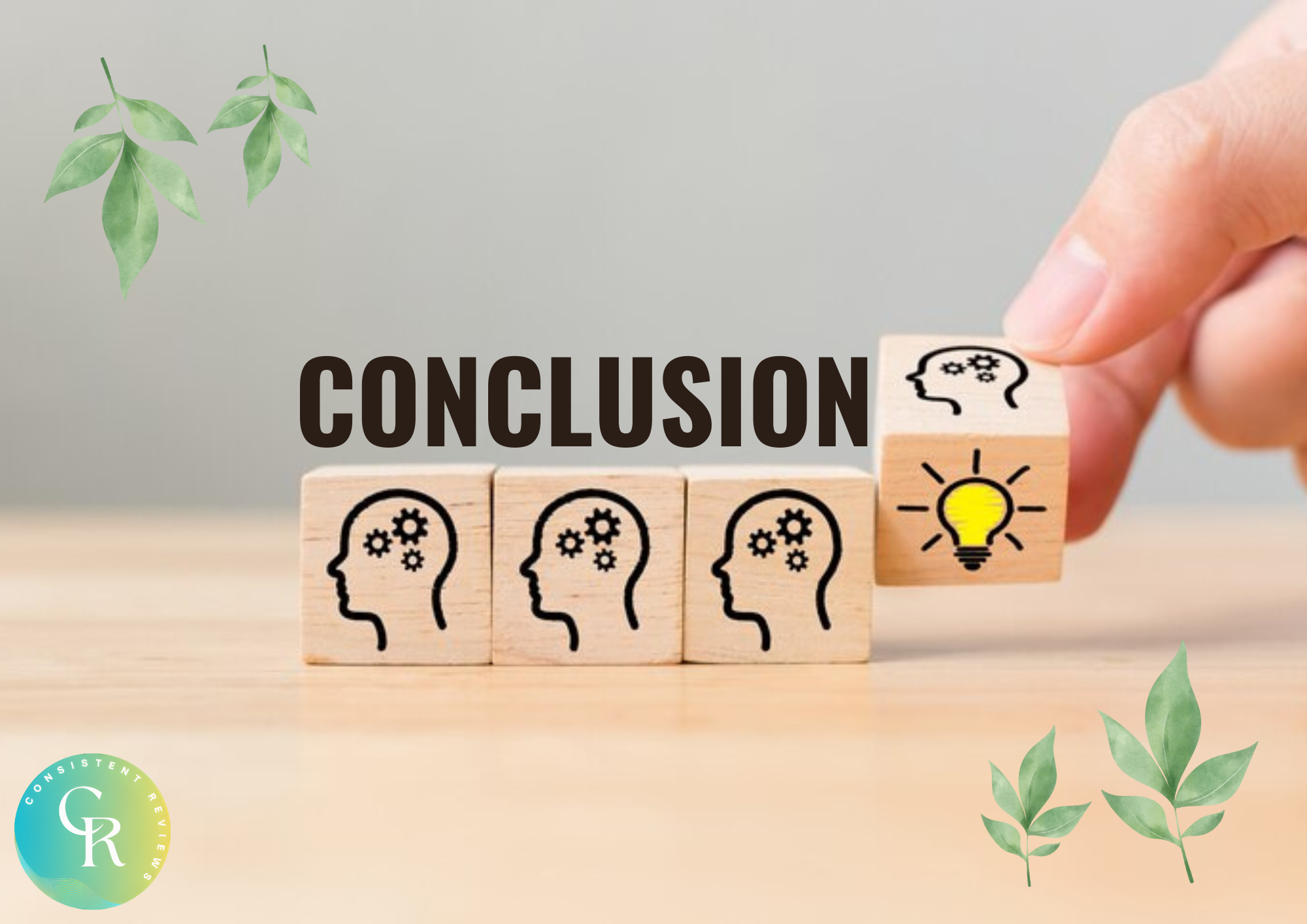
Rechargeable bulbs are a highly energy-efficient and cost-effective lighting solution. The use of LED technology ensures that these bulbs consume significantly less power than traditional incandescent bulbs, leading to lower electricity bills and reduced energy consumption. Additionally, the longer lifespan of LED bulbs means that they need to be replaced less frequently, resulting in less waste and more cost savings over time.
The convenience of rechargeable bulbs during power outages, combined with their environmental benefits, makes them a smart choice for both residential and commercial lighting needs. By choosing rechargeable bulbs, you can enjoy reliable and energy-efficient lighting while also contributing to a more sustainable and eco-friendly future.
